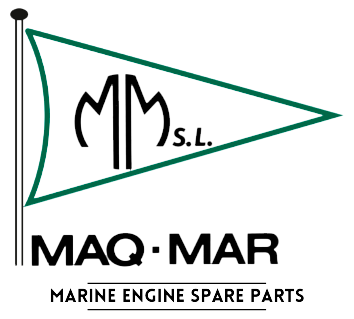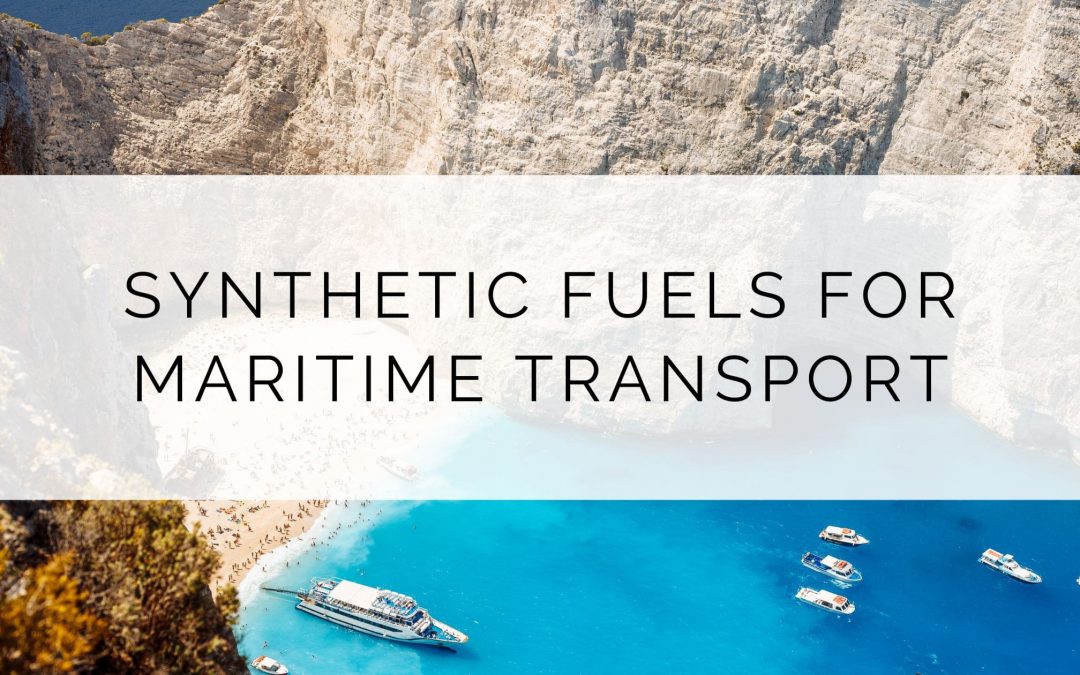Maritime transport is one of the most difficult to electrify and decarbonise. However, reducing CO₂ emissions from maritime transport is a must. According to the IMO – International Maritime Organisation – CO₂ emissions must be reduced by at least 40% by 2030 and 70% by 2050.
But what are the alternatives? We tell you in today’s post.
Neutral fuels vs. zero-emission fuels
First, fuels that do not emit CO₂ either in their production or combustion are called neutral fuels. Examples are synthetic fuels and some biofuels. Although they are CO₂ neutral, they may emit other types of particulate pollutants such as nitrogen oxides (NOx).
By contrast, fuels that do not emit CO₂ in their combustion but do emit CO₂ in their production are called zero-emission fuels. For example, hydrogen.
Fossil fuels vs. synthetic fuels
Fossil fuels come from limited and non-renewable resources, such as oil and natural gas.
Synthetic fuels come from hydrogen and carbon dioxide. The electricity needed is usually obtained from renewable energy sources such as wind power. However, the production process consumes a large amount of energy. In addition, around 70% of energy is lost when it is burned in a combustion engine.
Another option that is being used on a transitional basis is dual-fuel engines that use fossil and synthetic fuels interchangeably.
All alternative fuels have their pros and cons. Colours are used to denote the sustainability of different modes of production. For example:
- Hydrogen can be grey, blue, green or pink.
- Ammonia can be grey, blue or green.
- Methanol can be green, grey, brown or blue.
The complexity of the transition in the maritime industry
Due to the scarcity of raw materials and the difficulty of transporting alternative fuels, no single alternative fuel can meet all the demands of the maritime industry, at least for the time being. Therefore, a combination of energy sources will have to be used for the time being.
Yachts powered by hydrogen and solar energy are currently being developed. Hydrogen is capable of powering ships sailing short distances, as well as meeting the auxiliary power requirements of larger ships, such as galleys.
On the other hand, there is also LNG (liquefied natural gas). But it is only a transitional alternative because it is still quite polluting. Alongside this, fuel cell technology, which generates electricity using hydrogen and oxygen, is being used. This is the case for the new cruise ships that are being developed.
Ports: another major challenge for decarbonisation
Port activity is also highly polluting. Thanks to investments in infrastructures, when ships dock at ports, they can be connected to their energy system, which allows them to switch off their main engines and reduce emissions -shore power-. Therefore, for this activity, it is possible to supply electricity using solar panels and energy storage systems.
As we can see, the energy transition is more complicated than it seems in the maritime industry. Long distances, huge ships and the need to supply them with a large amount of energy are some of the reasons why it is not easy to reduce pollution. But progress is gradually being made.
In addition to marine engines, at MAQMAR you can find pumps for ships, such as centrifugal pumps with electric motors. But we can also offer you all kinds of original, OEM or reconditioned marine spare parts and many more products. If you have any questions about our products you can email us at maqmar@maqmar.com and we will help you find what you need. You can follow us on LinkedIn!
See you next post!

